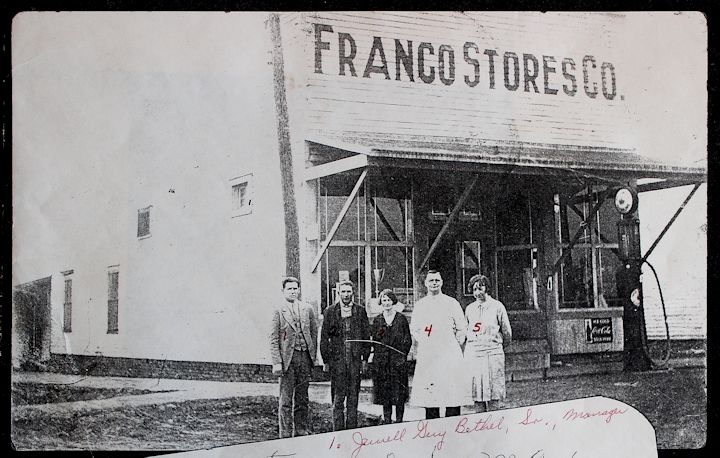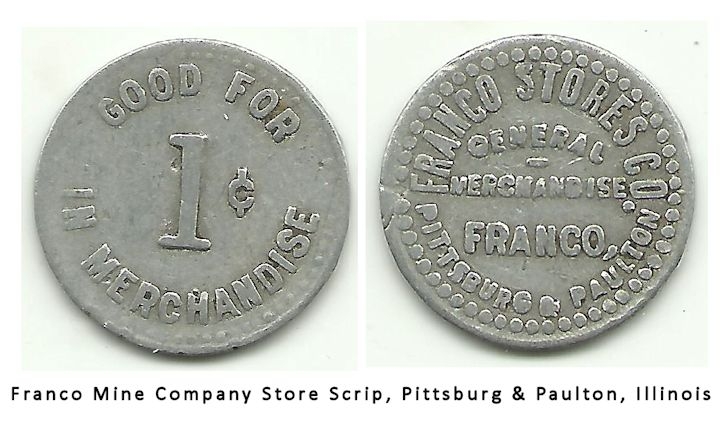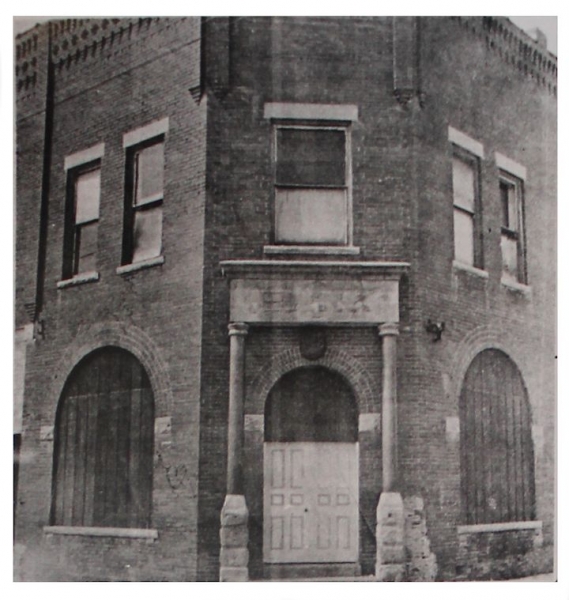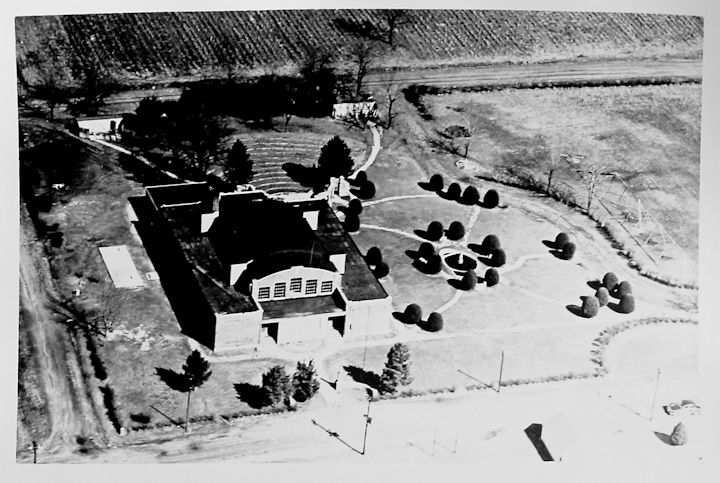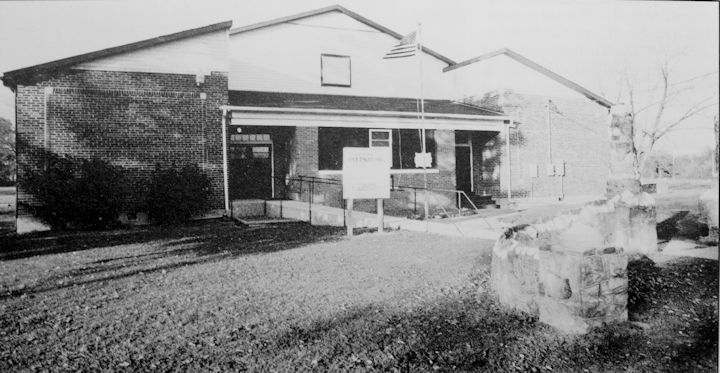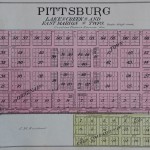Pittsburg is a mining village in Section 35 of Lake Creek Township and was surveyed June 25, 1906. John Colp named the town when he planned a new industrial community that would be patterned after the “Smoky City” of Pittsburg, Pennsyvania.
The streets of the town plat carry out his idea in their names: Pennsylvania, Hocking Valley, Scranton, Lehigh Valley. When the second mine was opened by the Cool Brothers of Pittston, Pennsylvania it was named in honor of the Keystone State.
When John Colp and Samuel T. Bush sold their mine property at Colp and Dewmaine in 1906, they pioneered with a mining development in the east part of the county. A railroad to tap the coal deposits, mines to produce the valued commodity, and a town to house the miners. The railroad was the Marion, Eldorado and Southwestern. Mr. Bush was its first president, Mr. Colp succeeded him. Hugh M. Parks of Marion, a former Sheriff, was treasurer.
The town was platted on a farm belonging to James M. Burkhart of Marion. A post office was opened March 1, 1907. Albert Riggs, the storekeeper of Halfway, came to the new town as merchant and postmaster. Monroe and Paul Colp, sons of the capitalist, ran the company store.
The Colp Coal Company sold its property in 1918 to the Cosgrove Meehan Company. Mr. Paul Colp retained his interest in Pittsburg with a lumber company there.
As coal mining in the area diminished, the village lost much of its prominence. According to the 2010 census the village has a total area of 2.1 square miles and the population in 2000 was 575 people.
(Extracted from Pioneer Folks and Places, Barbara Barr Hubbs; Wikipedia)

